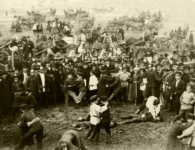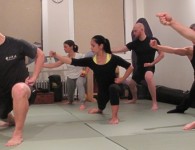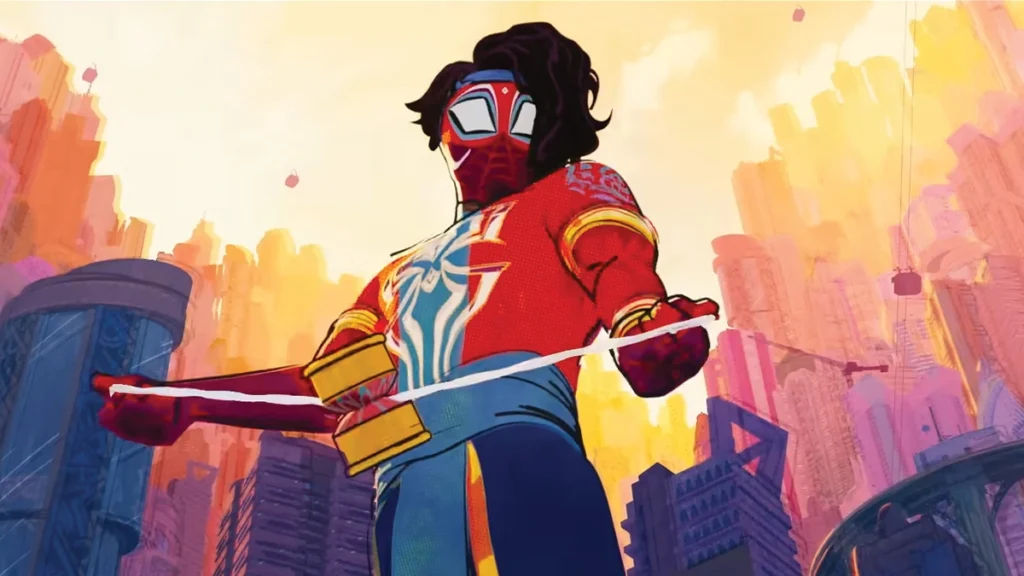
Spider-Man: Across the Spider-Verse is currently delighting moviegoers across our universe with its adventures through different worlds, cultures, and life experiences. And one of those adventures involves a new spin on one of the oldest and most influential martial arts in the world.
Every Spider in the Spider-Verse has their own unique way of moving and their own set of influences from our world. For Pavitr Prabhakar, an Indian Spider-Man from Earth-50101, those influences include an Indian martial art known as Kalaripayattu.
So what is Kalaripayattu? And how did it get into the Spider-Verse? Let’s take a closer look.
What is Kalaripayattu?
Sometimes known as Kalari for short, Kalaripayattu is an Indian martial art with roots that date back to the Sangam period (600 BCE – 300 CE). The combat techniques that warriors learned during this period were then developed into what became known as Kalaripayattu (“practice in the arts of the battlefield”) in southwestern India.
According to one legend, a Buddhist monk who practiced Kalaripayattu took his training to China in the 6th century, and his teachings became the foundations for Kung Fu. Which subsequently helped to inspire Karate and Taekwondo. This is why it’s sometimes referred to as “the mother of all martial arts.”
Kalaripayattu involves a mix of striking, takedowns, throws, joint locks, and weapons techniques and its training features physical as well as spiritual components. While it was originally developed for hand to hand combat in battles, Kalaripayattu’s applications and practices have adapted to the times. Today, it is a martial arts and self-defence discipline as well as a form of training for athletes, dancers, and fitness enthusiasts. Now it’s having an influence on animation, too.
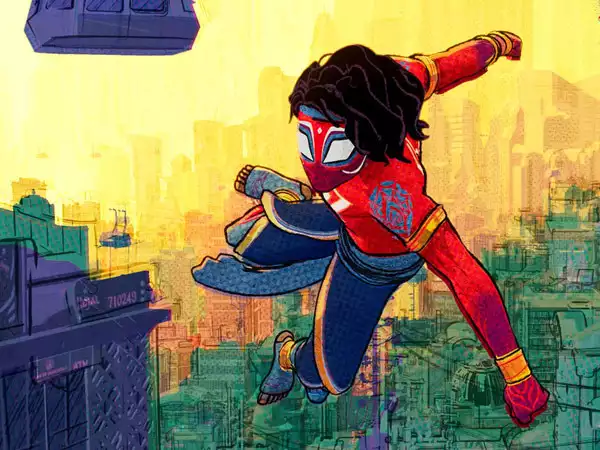
Who is Pavitr Prabhakar?
Pavitr Prabhaka, aka Indian Spider-Man, hails from Earth-50101. He was created by Jeevan J. Kang, Suresh Seetharaman, and Sharad Devarajan and first appeared in print in 2005 in Spider-Man: India No. 1. Spider-Man: Across the Spider-Verse, where he is voiced by Indian-American actor and comedian Karan Soni, is his film debut. He’s also scheduled to appear in the forthcoming sequel.
Pavitr has a lot in common with Peter Parker, including powers, strengths, and weaknesses as a Spider-Man. Even his name is a play on Peter Parker. But his backstory is relatively free of major suffering. At least by superhero standards. He got his powers from a magic Yogi who gave him the abilities of a spider to help his fight against evil businessmen. Although he was bullied by classmates when he moved to Mumbai with his aunt and uncle in the comics, he appears to exist pretty happily with his family and his girlfriend. As Vulture recently observed, he’s “one of the only Spider-Men whose life isn’t defined by tragedy” in the new film, and seems to love the gig so far. (Although they point out he’s only been doing it for six months at this point in the movie-verse’s ongoing story.)
Prabhaka has quickly become one of the more beloved characters in the Spider-Verse, thanks in part to the Kalaripayattu-influenced way he moves on screen.
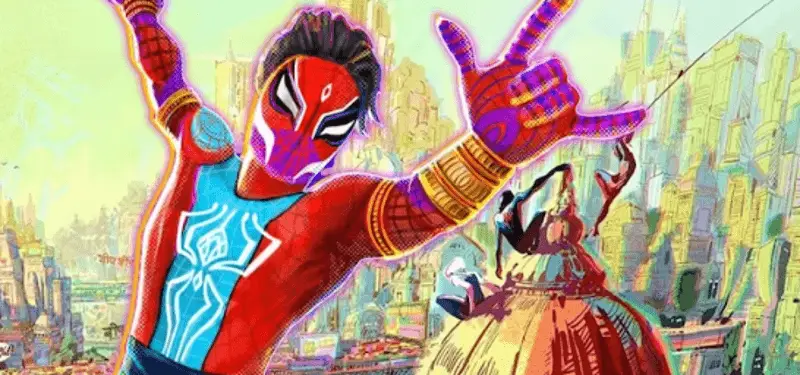
How was Kalaripayattu introduced to Spider-Man: Across the Spider-Verse?
Lead animator Nick Kondo discussed the martial art’s influence on his film in a brief twitter thread earlier this month. “One of the great creative challenges for #AcrossTheSpiderVerse was giving 100s of different Spiders unique motion signatures. For Pavitr, we looked to one of the oldest known martial arts, Kalaripayattu, which originates from the Indian state of Kerala over 2000 years ago,” he wrote before sharing a short demonstration.
Kondo also took the time to shout out the Indian animators who were in charge of capturing these techniques for the Spider-verse.
You can see for yourself how well the Kerala team captured Kalaripayattu in Spider-Man: Across the Spider-Verse, in theaters now.
Or get a taste in the trailer below.




